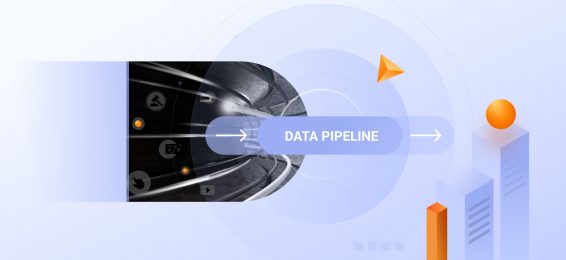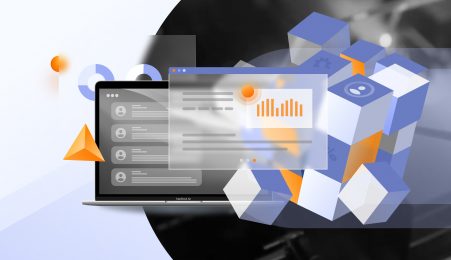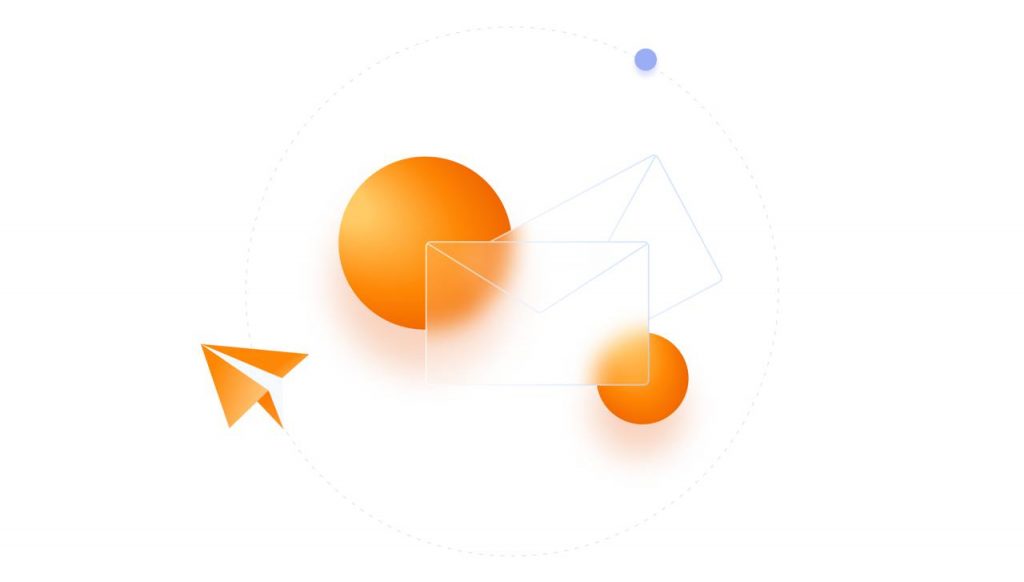What is RPA and how does it transform business processes?
Robotic Process Automation (RPA) is a technology that uses software robots to automate repetitive, rule-based tasks traditionally performed by humans. RPA process automation enables organizations to create digital workers that can interact with applications, process data, and execute workflows just like human employees. This robotic automation approach has become increasingly popular for streamlining business operations.
How do real-world RPA examples demonstrate its practical value?
Common examples of robotic process automation include:
- Automated data entry and validation
- Invoice processing and reconciliation
- Customer service request handling
- Employee onboarding processes
- Report generation and distribution
These robotic process automation examples showcase how RPA tools can significantly improve efficiency across various business functions.
What distinguishes RPA from artificial intelligence?
While both technologies enhance automation, RPA and AI serve different purposes:
RPA (Robotic Process Automation):
- Focuses on rule-based tasks
- Follows predefined workflows
- Requires structured data
- Performs repetitive operations
AI and RPA integration:
- Handles complex decision-making
- Learns from experience
- Processes unstructured data
- Adapts to new situations
Which RPA tools lead the market, and what makes them stand out?
Popular robotic process automation tools include:
- UiPath for comprehensive automation
- Automation Anywhere for enterprise solutions
- Blue Prism for scalable deployment
- Microsoft Power Automate for Office integration
These process automation technology platforms offer varying features for different robotic process automation use cases.
Does implementing RPA require extensive coding knowledge?
Modern RPA automation tools often feature:
- Low-code/no-code interfaces
- Drag-and-drop functionality
- Visual process designers
- Pre-built automation components
While coding knowledge can enhance RPA development, many robotic process automation solutions can be implemented without extensive programming expertise. This accessibility has contributed to the widespread adoption of RPA intelligent automation across industries, from robotic process automation in manufacturing to robotic business process automation in service sectors.
The future of process automation robotics continues to evolve as RPA integration with AI and other technologies creates more sophisticated automation possibilities.



